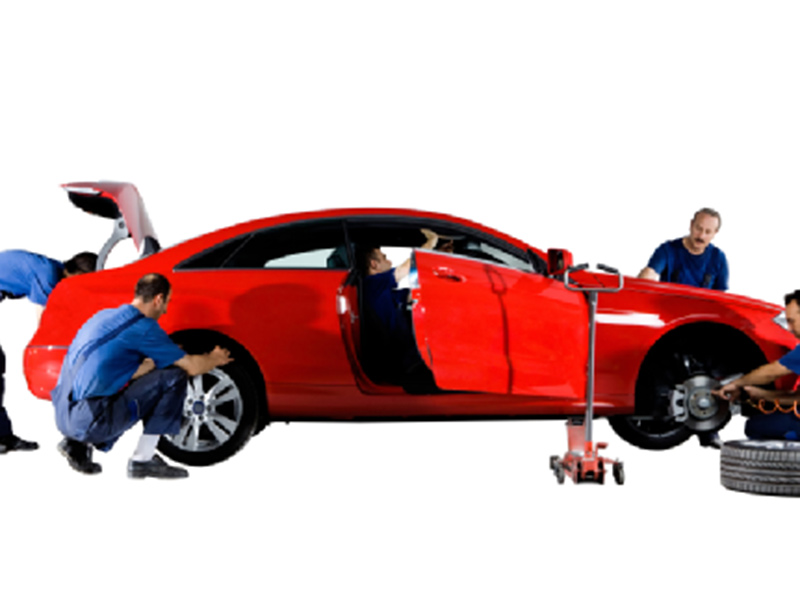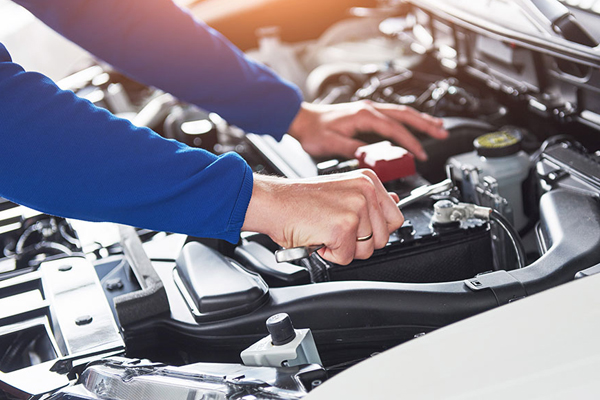All Categories
Featured

Cars and truck fixings can swiftly come to be an economic worry, especially when managing major issues that call for substantial job and costly components. Recognizing the elements that influence the price of these repairs is necessary for automobile proprietors who want to be planned for the unanticipated. From the kind of repair needed to the make of your cars and truck, a number of crucial elements can figure out exactly how much you'll pay for repairs. Right here's a closer take a look at the most prominent variables:
- Kind of Repair. The nature of the repair service plays a critical duty in the cost. Simple fixings, such as replacing a stimulate plug or brake pads, are normally less costly due to the fact that they need fewer parts and less labor. On the other hand, fixings that include complex systems like the transmission, engine, or electrical systems often tend to be much more pricey. These fixings frequently call for more specific components and competence, leading to higher labor costs. Furthermore, if the fixing entails taking apart numerous elements, the labor expenses can increase considerably.
- Make and Design of Your Car. The make and design of your vehicle have a substantial influence on the price of repairs. Luxury and foreign automobiles, such as BMWs, Audis, and Mercedes-Benz, typically come with greater repair service costs due to their specialized components and the knowledge needed to deal with them. On the other hand, even more typical cars like Ford or Toyota usually have more economical parts and are easier for mechanics to deal with, which decreases repair costs. In addition, some vehicles may require customized analysis tools or software program for certain repair services, including to the overall expenditure.
- Parts Schedule and Quality. The price of the components required for the repair work is one more major variable. If you require initial equipment maker (OEM) components, you can anticipate to pay even more, as these are created especially for your vehicle. While OEM parts provide a greater degree of top quality and integrity, they feature a premium cost. Alternatively, aftermarket parts-- those made by third-party producers-- are often more economical, however may not constantly match the quality or longevity of OEM parts. The rarity of parts, specifically for older or specialized vehicles, can additionally increase the price, as finding appropriate replacements can take time and initiative.
- Labor Costs. Labor prices are one of the largest contributors to the overall rate of vehicle fixings. These costs vary by area and fixing shop, with urban locations normally billing higher rates as a result of overhanging prices. Mechanic competence also affects labor costs-- much more experienced or specialized specialists have a tendency to bill more for their services. The intricacy of the repair service also contributes; repair work that need even more time or specialized knowledge, such as working with an engine or electrical system, will cause higher labor costs. Labor is typically billed on a hourly basis, and some fixings can take numerous hours to finish.
- Extent of the Damages. The severity of the damages to your automobile is an additional vital consider establishing repair work expenses. If the problem is minimal and small to one part of the lorry, the repair work might be reasonably inexpensive. However, if the damage is extensive and requires several components to be replaced or fixed, the price will increase. For instance, a damaged timing belt could call for changing various other engine elements that were damaged in the procedure, making the fixing extra pricey and intricate. When significant systems like the transmission or engine are affected, the fixing cost can rise swiftly as a result of the number of components and the labor included.
- Lorry Age and Problem. Older cars tend to call for even more constant repair services, and as components put on out with time, the cost of those fixings can increase. In a lot of cases, older autos are a lot more vulnerable to problems with their suspension, engine, or transmission. On top of that, components for older versions might be more difficult to find, which can enhance both the price and time required for fixings. However, if your auto is still in good total problem and well-maintained, you may be able to prolong its life expectancy with less and cheaper repair work. Automobiles with less miles on the odometer might additionally be less most likely to require costly fixings in the near future.
- Place of the Service Center. The place of the service center can likewise influence the expense of cars and truck repairs. Labor prices in metropolitan locations are normally greater than in country or much less largely populated areas. In addition, dealerships usually charge more for repairs compared to independent service center, although dealers might make use of OEM components and provide customized service for your make and model. It's constantly an excellent idea to look around and obtain multiple quotes to locate the most effective rate for the repair work you need.
- Insurance Policy and Warranty Protection. In some instances, extended warranties or solution plans can help cover repairs for specific components of the vehicle. Furthermore, if the fixing is a result of an accident, your automobile insurance plan might cover the cost.

Final thought. Several aspects influence the expense of major automobile fixings, including the kind of repair work, the make and model of your automobile, the quality of the parts made use of, and labor fees. Comprehending these elements can help you better prepare for fixing expenses and make even more educated choices when it's time for a significant solution.
Latest Posts
A Historical Shoreline Destination with Modern Delights
Published Apr 15, 25
1 min read
Experience Coastal Elegance at Deauville Inn
Published Apr 12, 25
1 min read
Canyon Crest Events: Waterfront's Top Choice for Celebrations
Published Feb 25, 25
3 min read